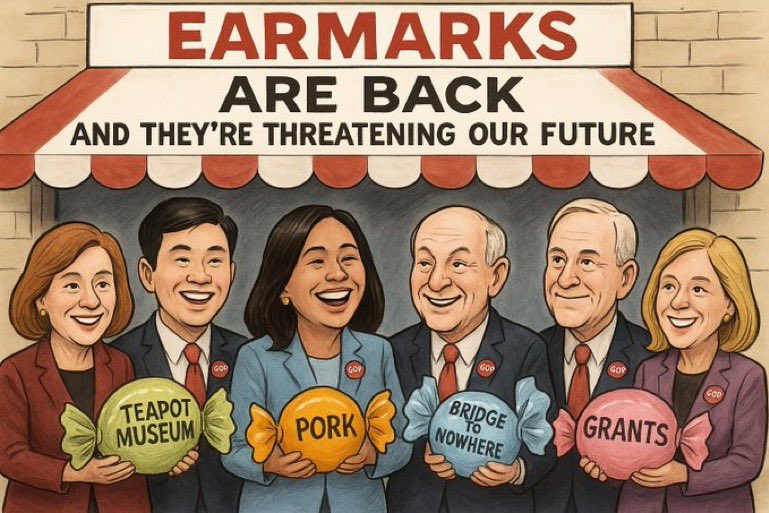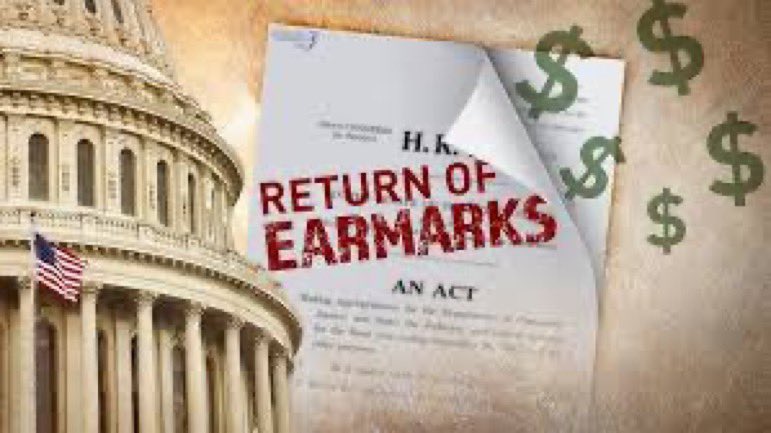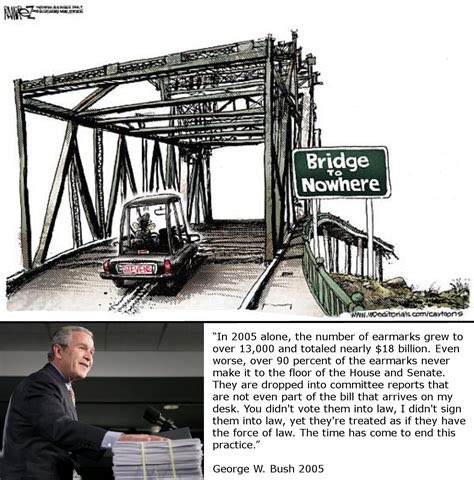🧵1. In a meeting today with @elonmusk, @vivekgramaswamy, & @speakerjohnson, Elon & Vivek referred to the fact that, because unelected bureaucrats now make most federal law & control much of our economy, we’ve been stripped of the benefits of a constitutional republic. 

2. As @vivekgramaswamy noted, the need for Americans to demand accountability from their own government is precisely why we fought—and mercifully won—the American Revolution. That got me thinking …. 

3. Throughout Anglo-American history, we’ve seen a major upheaval every 75-90 years. It’s almost like clockwork! 

4.Each pivot in American history has been kickstarted by events in just three critical years. By my reckinging, those years were 1776, 1861, and 1937. These aren’t just random years; they’re game-changers. 

1776, we declared our independence from a large, distant government that recognized no limits on its authority and refused to hold itself accountable to the American people. Sound familiar? 5.In

6. In 1861, the American Civil War began, hastening the end of a tragic chapter of our history when many Americans “owned” other Americans as property—as slaves—with the approval and protection of government. 

7.In 1937, progressives in all three branches of the U.S. government—with one final push from the Supreme Court—dangerously eroded the Constitution’s twin structural protections: the “vertical” protection we call federalism and the “horizontal” protection known as separation-of-powers, all to facilitate FDR’s quest to centralize power in the federal government in response to the Great Depression.

8. In the nearly 88 years since the Supreme Court opened this era on April 12, 1937—the day the Court re-defined Congress’s power to regulate interstate commerce so broadly that nothing remained of federalism, and indirectly set in motion Congress’s now-common habit of delegating lawmaking power to unelected bureaucrats—Americans have lost much of their power to control their own destiny to people in Washington, D.C.

9. We’re about to have another one of those years, one that could initiate the reversal of the immense harm that has been unleashed on the American people—by their own government, no less—ever since April 12, 1937.
10.Brace yourselves because 2025 is shaping up to be the next big, pivotal year—only the fourth in our 248-year history as a country. We're on the cusp of setting in motion a new, brighter era for America.
11. This next era MUST be about reinstating the Constitution’s core, structural protections—both the vertical protection of federalism and the horizontal separation-of-powers.
12.Congress needs to step up aggressively. It’s time to open this next chapter where WE, the American people, take back control from unelected, unaccountable bureaucrats who've been running our government like it’s their personal sandbox, treating us like their toys—or, better said—their subjects.
13.These bureaucrats churn out nearly 100,000 pages of regulations every year. Regulations that NOT ONE ELECTED LAWMAKER votes to enact into law!
14.It’s nearly impossible to fire these federal bureaucrats. They enjoy so much insulation from the citizens they govern that King George III—the tyrant whose excesses triggered the American Revolution—would be green with envy were he alive and able to observe conditions in America today. That has to end—and 2025 is the year it must happen.
's time to put the PEOPLE back in charge.15.It
16.In approaching this daunting, but all-important task, we must be looking not just at cutting costs, but also at setting the stage for an unprecedented era of economic growth. Without the federal “administrative state” leeching off our economy—like an alien parasite that’s torturing its host and robbing it of nutrients—we can and will thrive.
17.Think about this: some estimate that laws imposed by the federal administrative state (generally referred to euphemistically as “regulations”) cost the American economy roughly $4 trillion annually. That’s money that could and should be in the pockets of hardworking American families, not wasted on red tape.
18.The @DOGE effort led by @elonmusk and @vivekgramaswamy is not about austerity; it's a call for prosperity—the kind of prosperity that’s long been stifled by a bloated government, which thinks it knows better than the people it’s supposed to serve, not terrorize.
@DOGE @elonmusk @VivekGRamaswamy 19.Some have suggested that if we had never formed the federal administrative state, our economy could be an astounding FOUR TIMES its current size. Imagine the opportunities, the innovation, and the growth!
@DOGE @elonmusk @VivekGRamaswamy 20. This bureaucratic monster doesn't just cost money; it undermines us our freedom, our peace of mind, and our popular sovereignty. In a constitutional republic, the people are supposed to have power, not some faceless agency run by people who can’t be fired—even by voters!
21.We need a government of the people, by the people, and for the people—not one in which major questions of law and public policy are dictated by those who aren't answerable to the ballot box.
22. The coming year, 2025, can and must mark the beginning of the end for our current era of bureaucratic overreach, which commenced in 1937.
23. We’re talking about restoring the balance of powers that our founders—wise men, raised up by God to that very purpose—righteously intended.
24. It’s not just about shrinking government; it’s about making government work FOR the people, not against them or without them.
25. So, let’s make 2025 the year we pivot back to the American dream, where government serves the people, not the other way around.
26. We’ll see an America where businesses aren’t bogged down by regulations, where innovation isn't stifled, and where every American can truly pursue their happiness without government overreach.
27. The time is now to dismantle the administrative state, reduce the regulatory burden, and unleash the potential of the American economy.
28. Remember, this isn’t only about less government; it's about better government. It’s about government that respects the Constitution and the will of the people.
29. This new era will be one in which we will see the fruits of our labors, where we can innovate without permission, and where prosperity isn't just a promise, but a reality.
30. Let’s make 2025 the year we remember as the turning point back to constitutional governance, where the American spirit isn’t just nominally free, but truly free and empowered.
cap: this is our chance to redefine America for the better—for freedom, and for prosperity.31.No
32. So, let’s get to work. Let’s ensure that the next chapter in our history is written by us, the American people, not by unelected officials in D.C.
33. We've got the power, we’ve got the will, and now, with 2025 on the horizon, we’ve got the moment. Let’s seize it.
34. The haters can’t handle this frickin' smoke, but we know the truth: America's best days are ahead—and they always will be—when we put the Constitution first and the bureaucracy last.
35. Please join me in this fight. Together, we'll make America not just great again, but truly free again.
36. Please follow me if you’d like to see more posts like this. @DOGE
#RestoreTheConstitution
#MakeAmericaAboutFederalismAndSeparationOfPowersAgain
#Pivot2025
#RestoreTheConstitution
#MakeAmericaAboutFederalismAndSeparationOfPowersAgain
#Pivot2025
Sorry, that was supposed to be “reckoning.” Terrible typo!
• • •
Missing some Tweet in this thread? You can try to
force a refresh

















